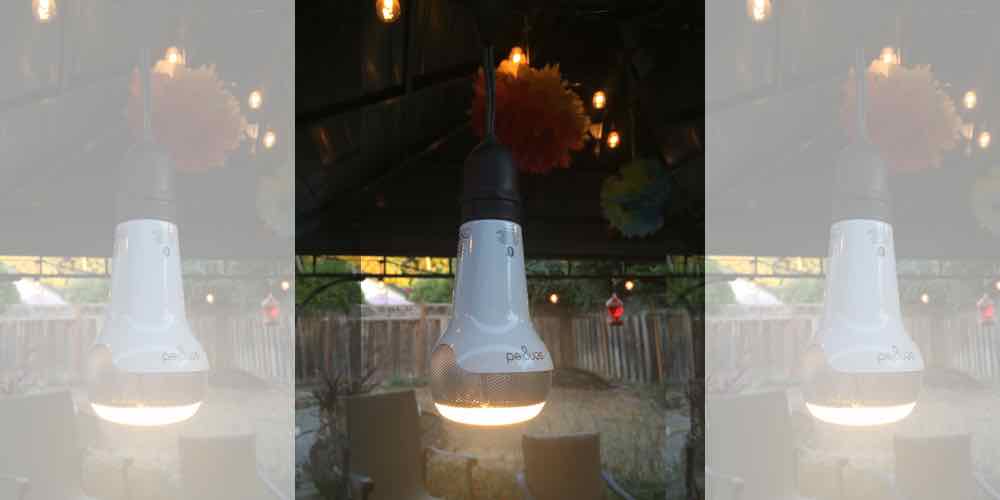![]()
People like to point out that Steve Jobs once said if a gadget came with a stylus, it already failed. Of course, he was making more of a commentary on devices with poor touch-interaction, but it was amusing to hear the jokes after Apple came out with its Pencil stylus. The real point (yes, pun) to a stylus though is to allow for a more familiar and controllable interface with tablet devices than the finger allows, and as tools they help unleash the creativity of these portable platforms.
And Adonit’s new Pixel stylus in definitely one of the best of these tools. The Pixel was obviously brought out as a competitor to the Apple Pencil, both in price (where it runs about $20 cheaper) and features. Indeed, the Pixel is, in many ways, the stylus for the rest of us, because the Pencil really only works with the recent iPad Pro tablets, where the Pixel is compatible back a couple generations of device (iPhone 5, 6, 6 Plus, third- and fourth-generation iPads, iPad minis 1–4, and both iPad Airs). And it does have specific integration with a number of top drawing and note-taking apps that make its features shine: Goodnotes, Concepts, Notes Plus, Autodesk Sketchbook, Astropad, Medibang Paint, Zen Desk 2.0, and more.
![]()
The big deal is how it feels. The new tip gives you a pretty natural feel against the glass surface of your device, and the pressure sensitivity allows for significantly greater control versus older styli (or your fingers). It also has buttons that the Pencil doesn’t, allowing for greater usability depending upon your app settings, and just overall, it feels solid and sturdy in your hand. I really like that it knows to be “asleep” when it’s lying down, but comes “awake” the moment you pick it up (saving power). And the USB charging dock that it magnetically attaches to is a slick and low-profile way to do the job.
The only real drawback (again, pun, yes) is lag. The success of a stylus is a three-way marriage of hardware (the stylus) + software (the app it’s being used with) + hardware (the device running the app), and compared to the Apple Pencil running on the iPad Pro, the Pixel can’t live up to the ultimate promise of a lag-free stylus. So, while you’re not going to get the best experience, what you will get is the best experience you can get without shelling out for the iPad Pro (where it actually keeps up with the Pencil pretty well). And if you can get used to a little lag, you’re going to be able to create some really exciting stuff.
The Adonit Pixel is available from Adonit, or via Amazon, for just $80.
Note: I was sent a Pixel for this review; opinions are my own.


